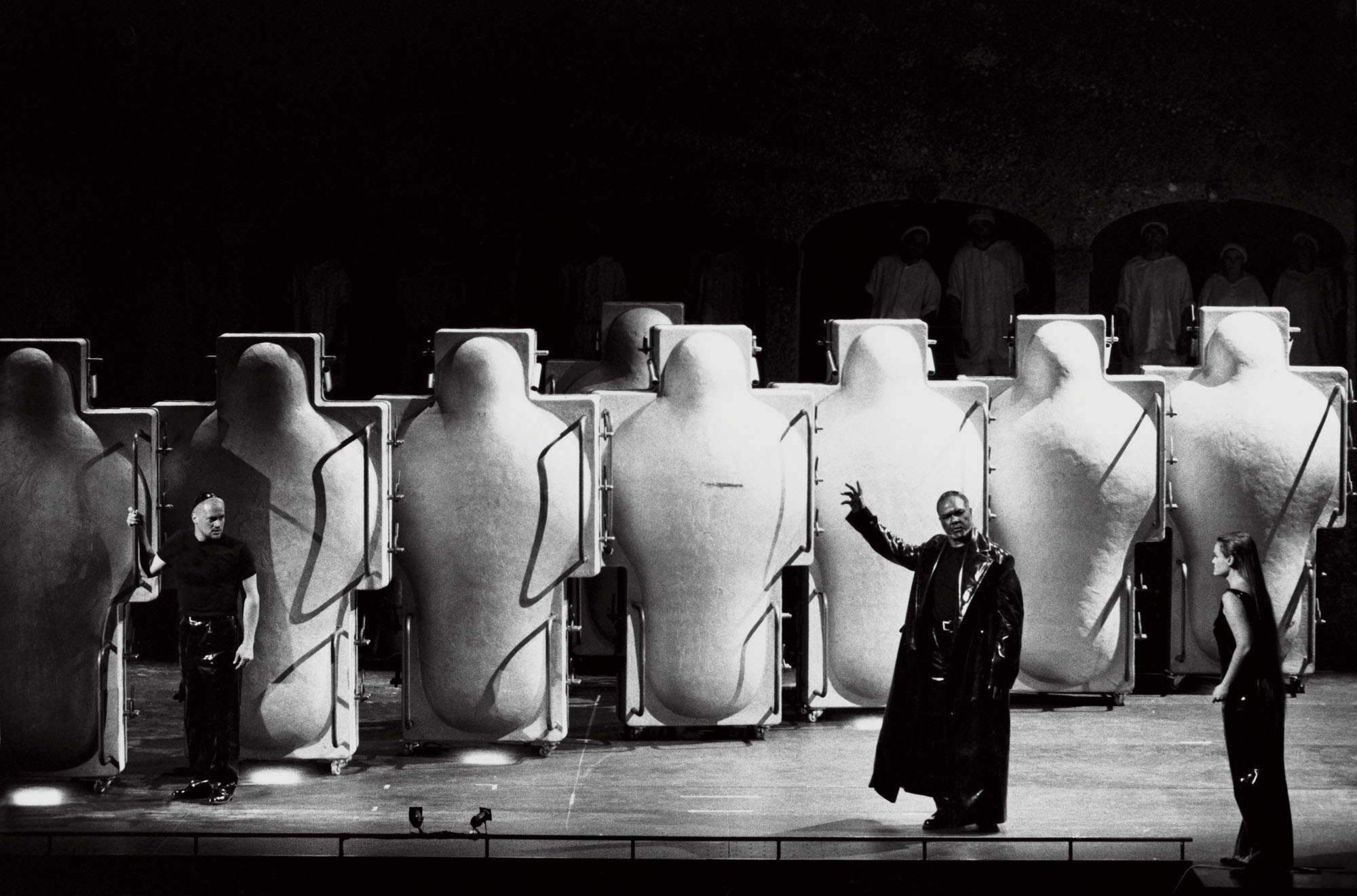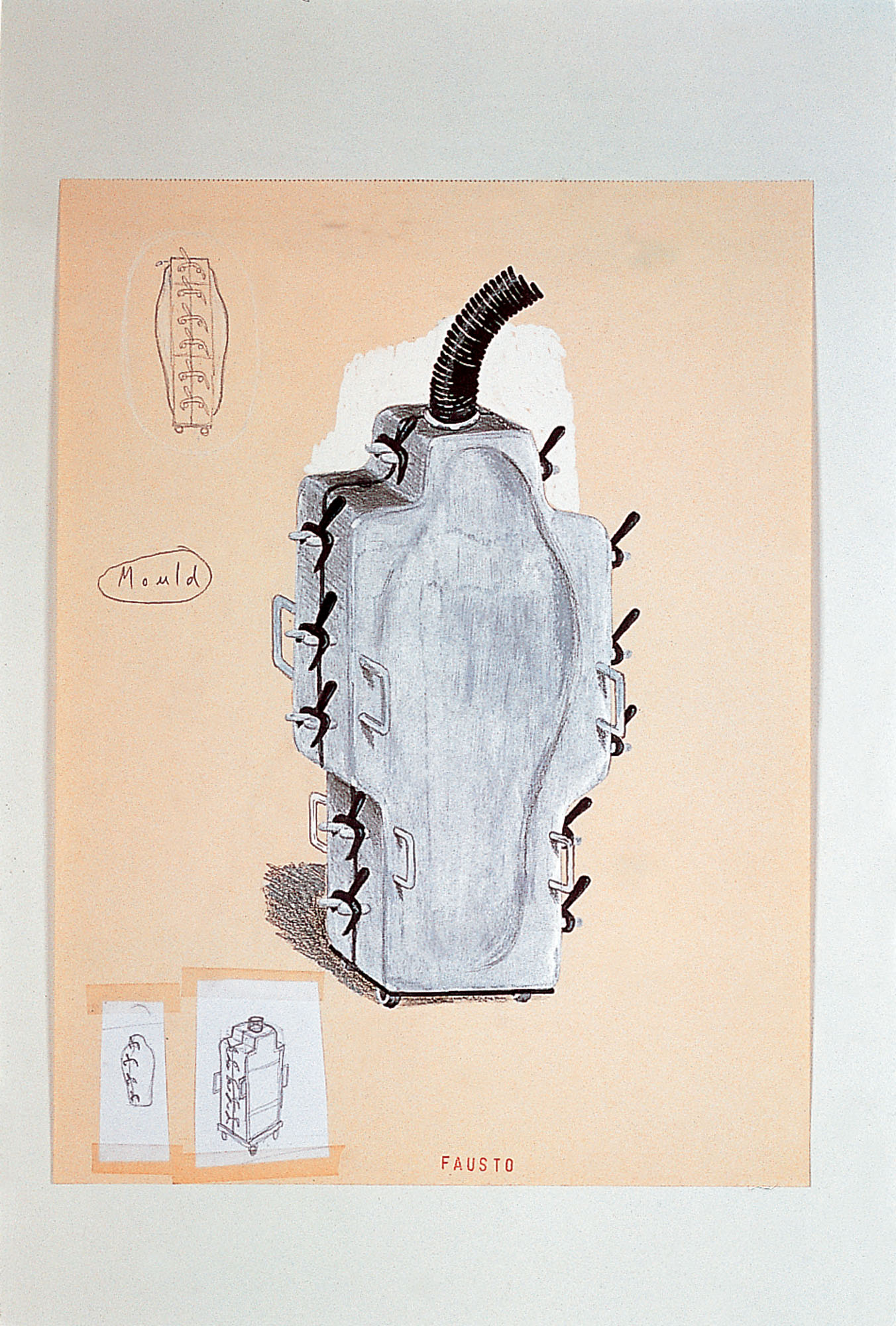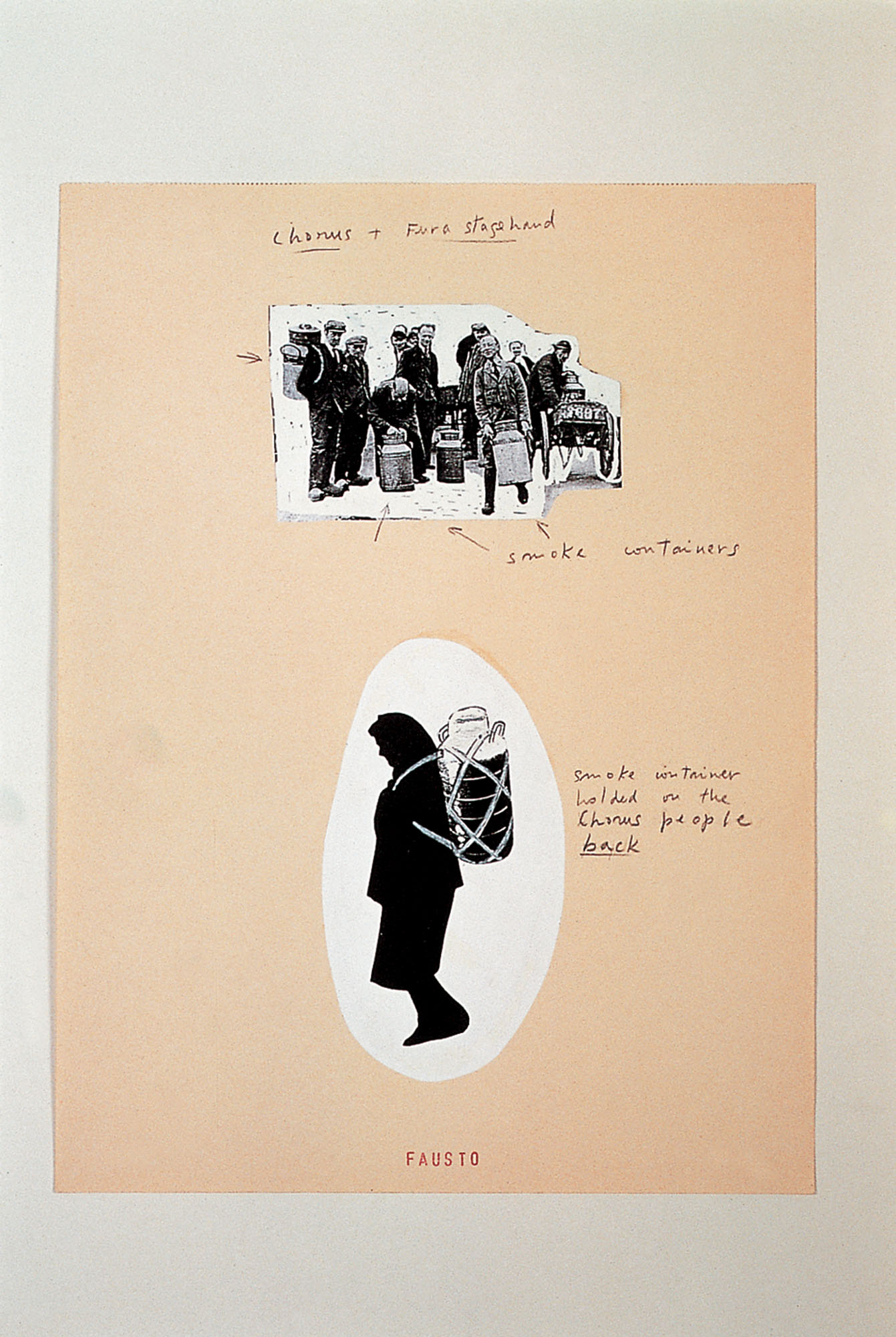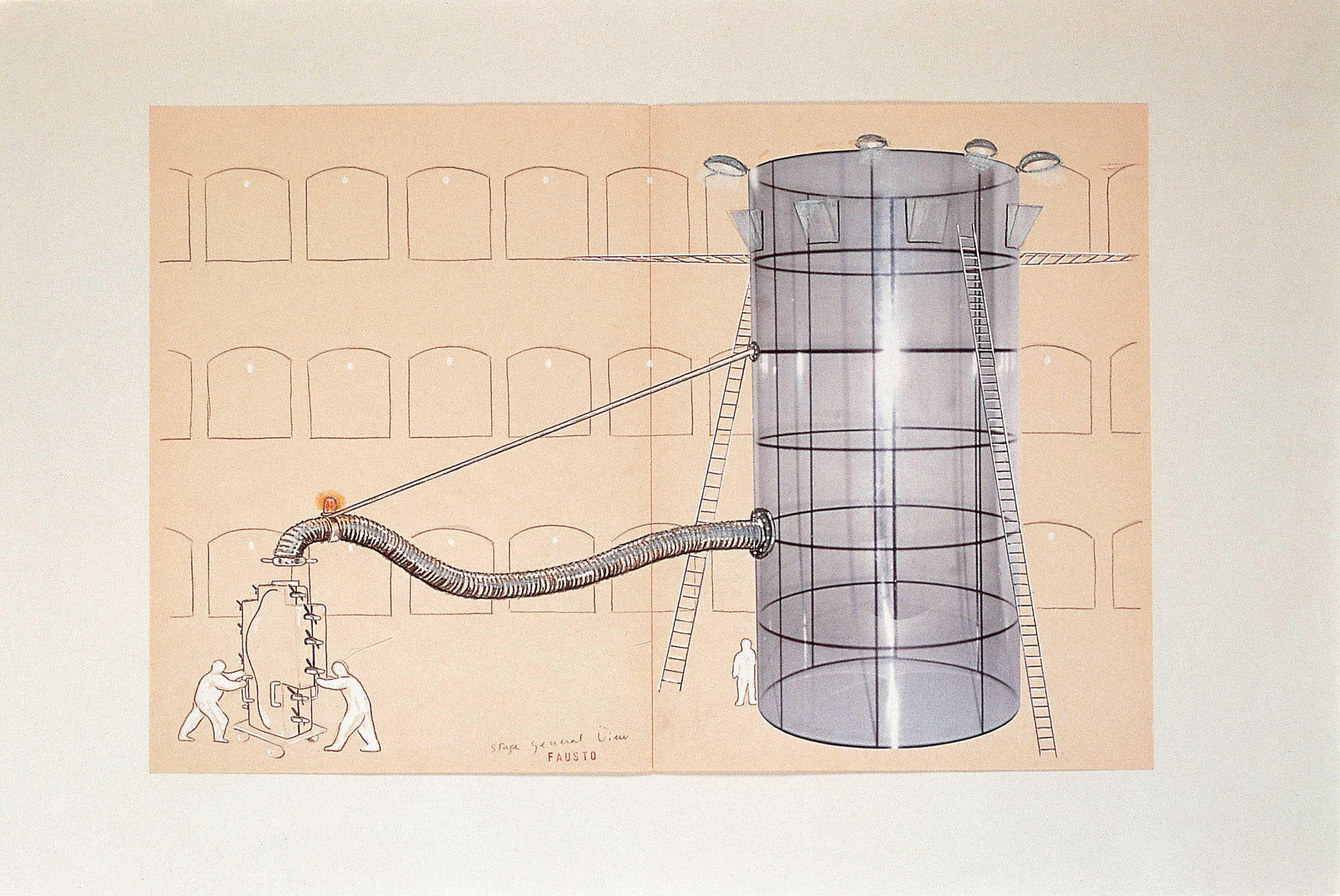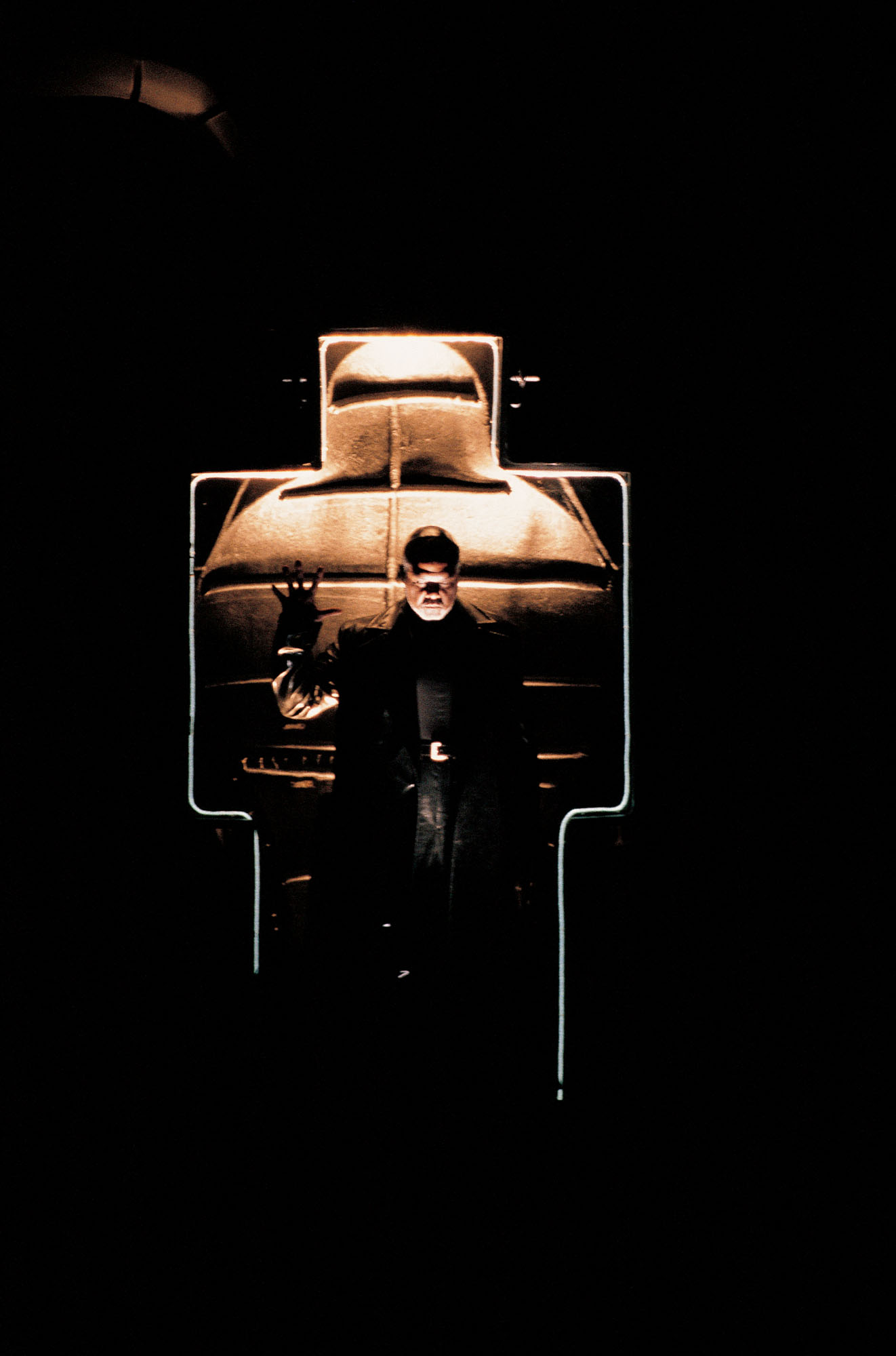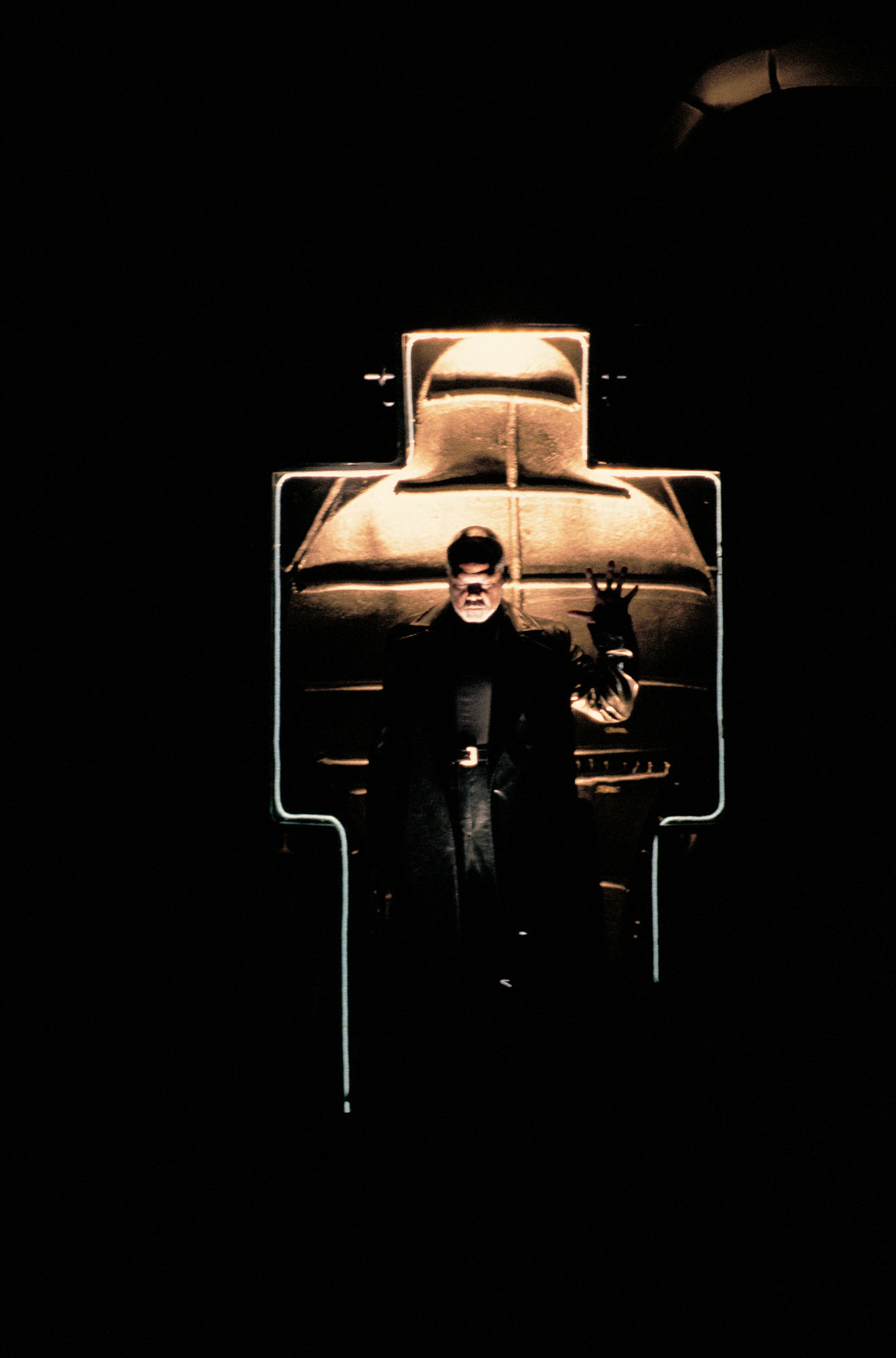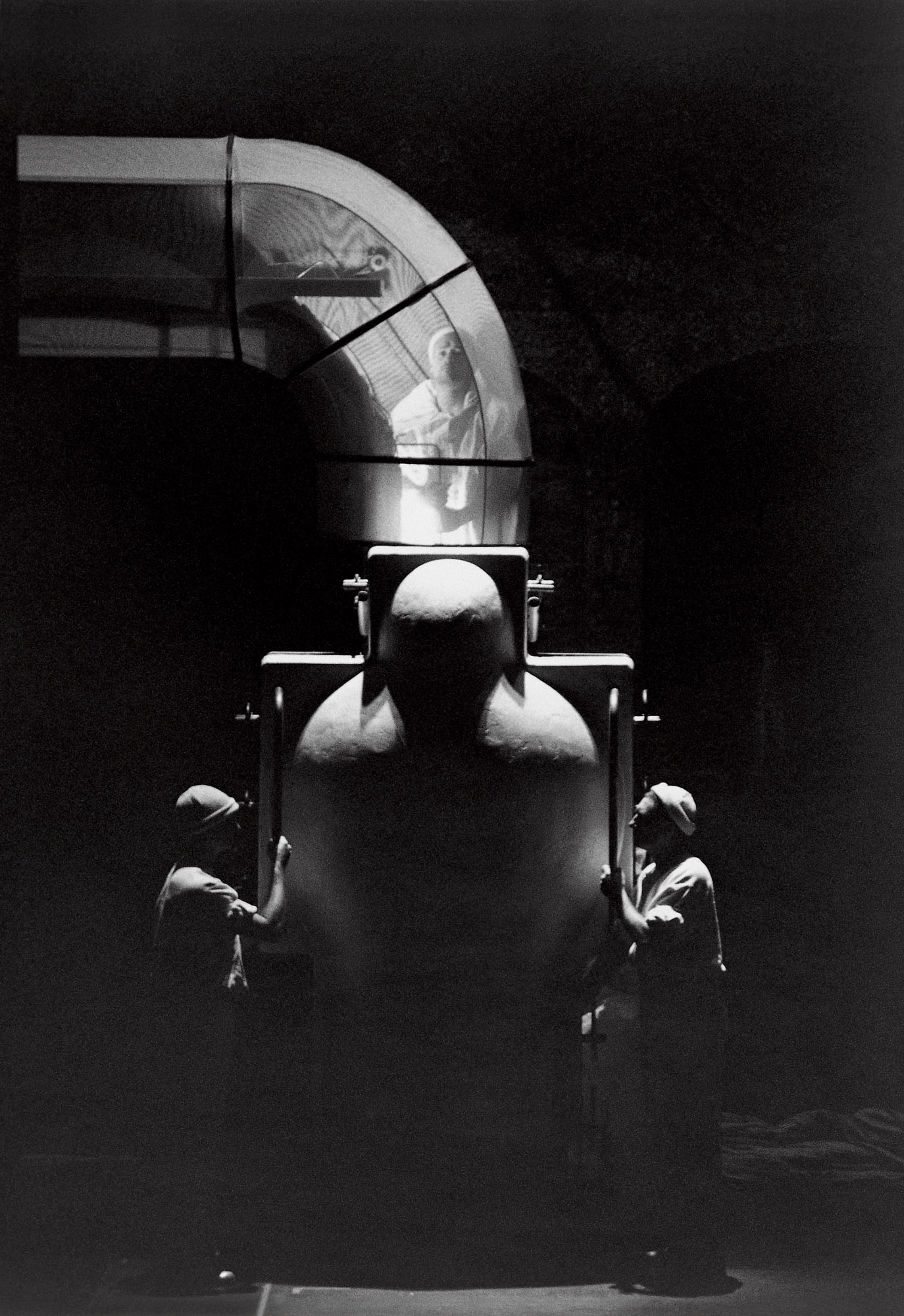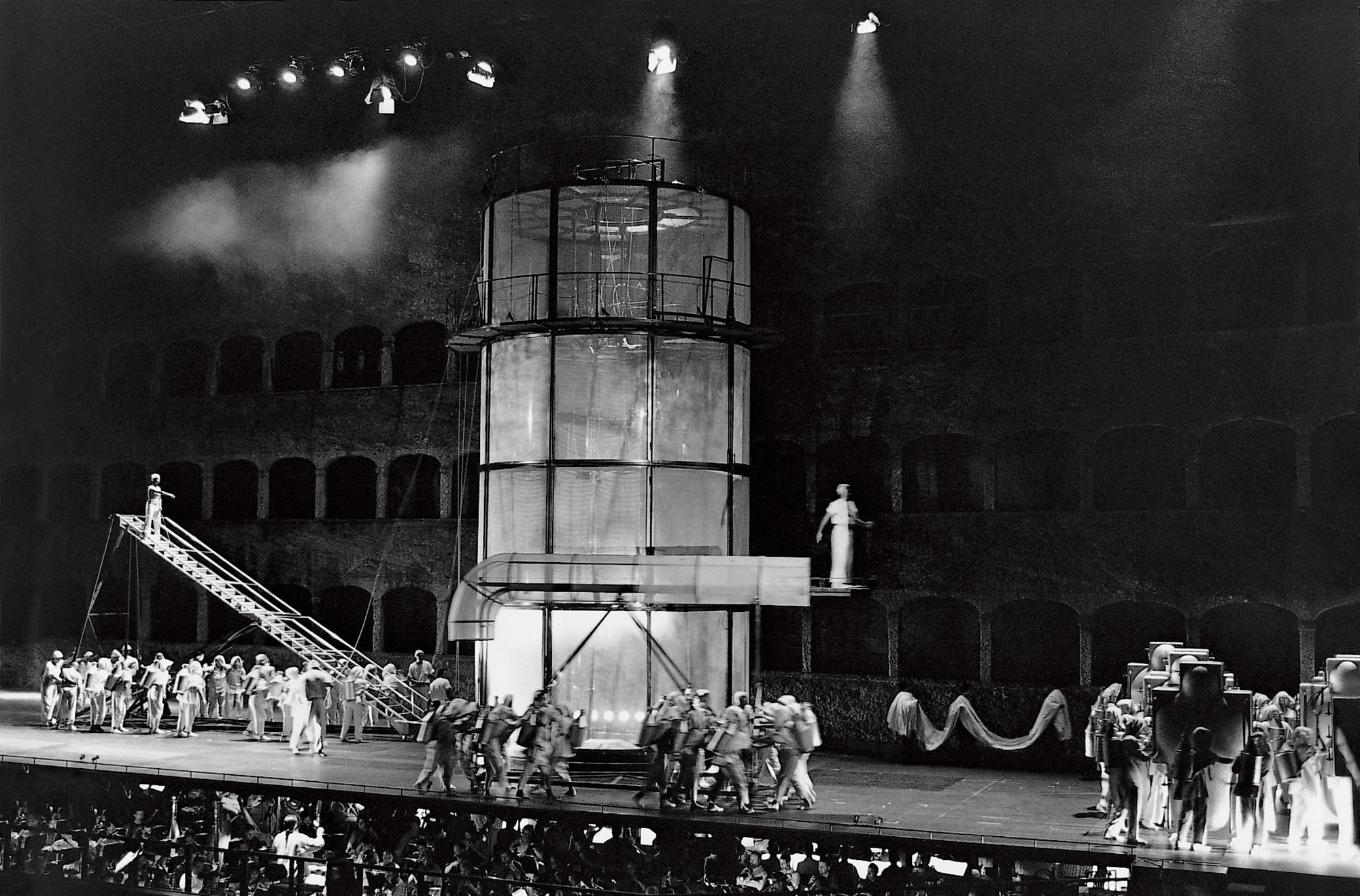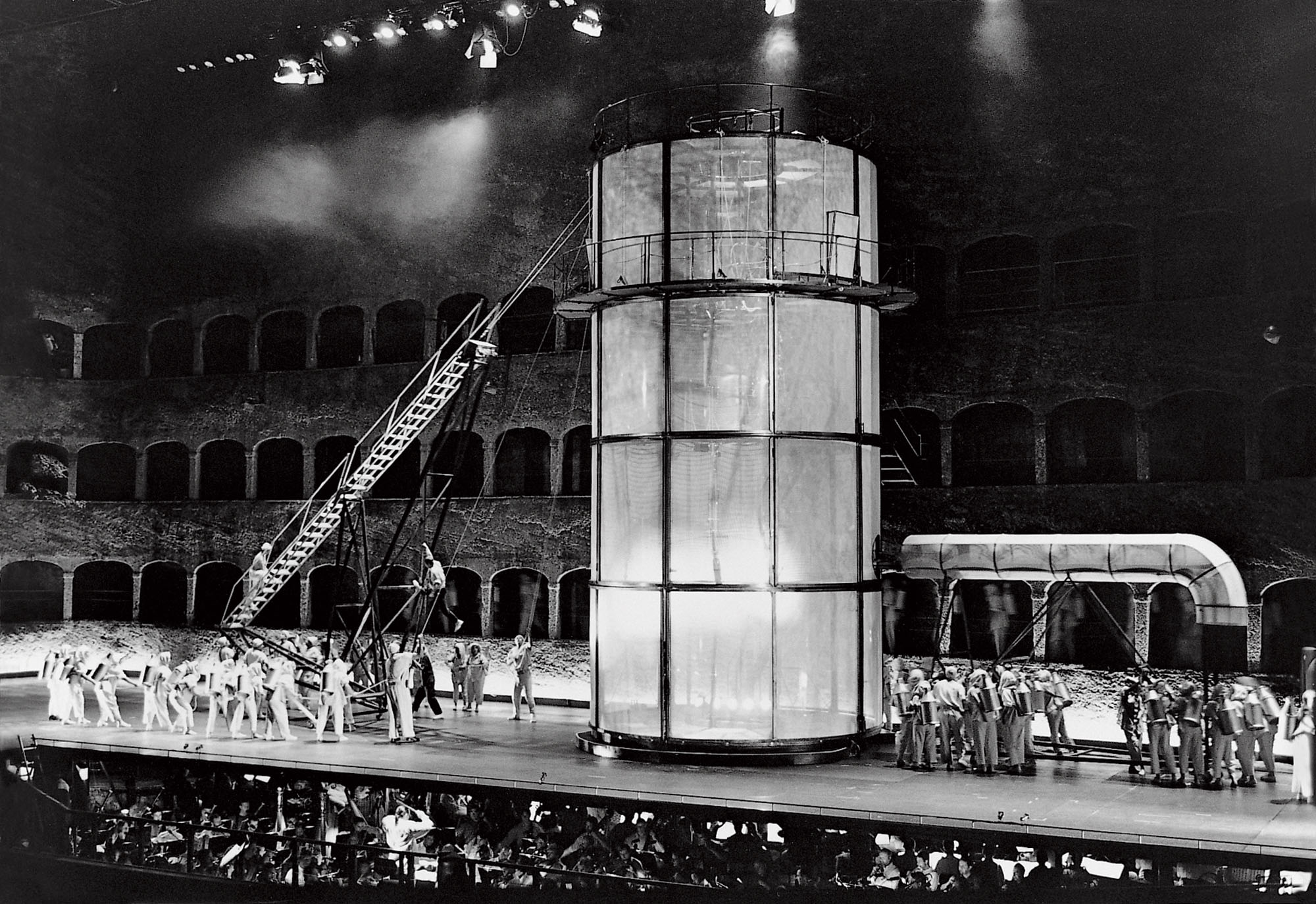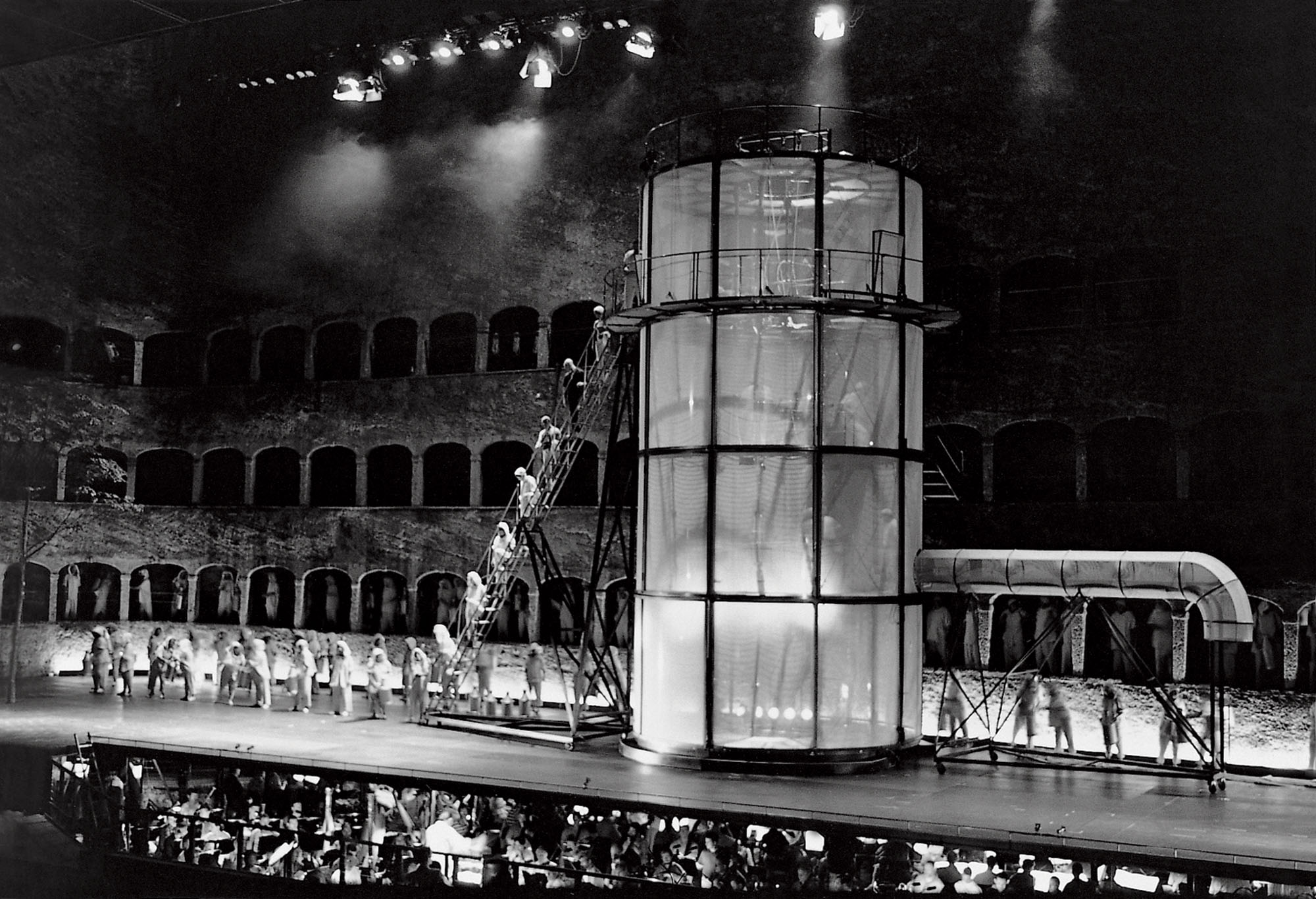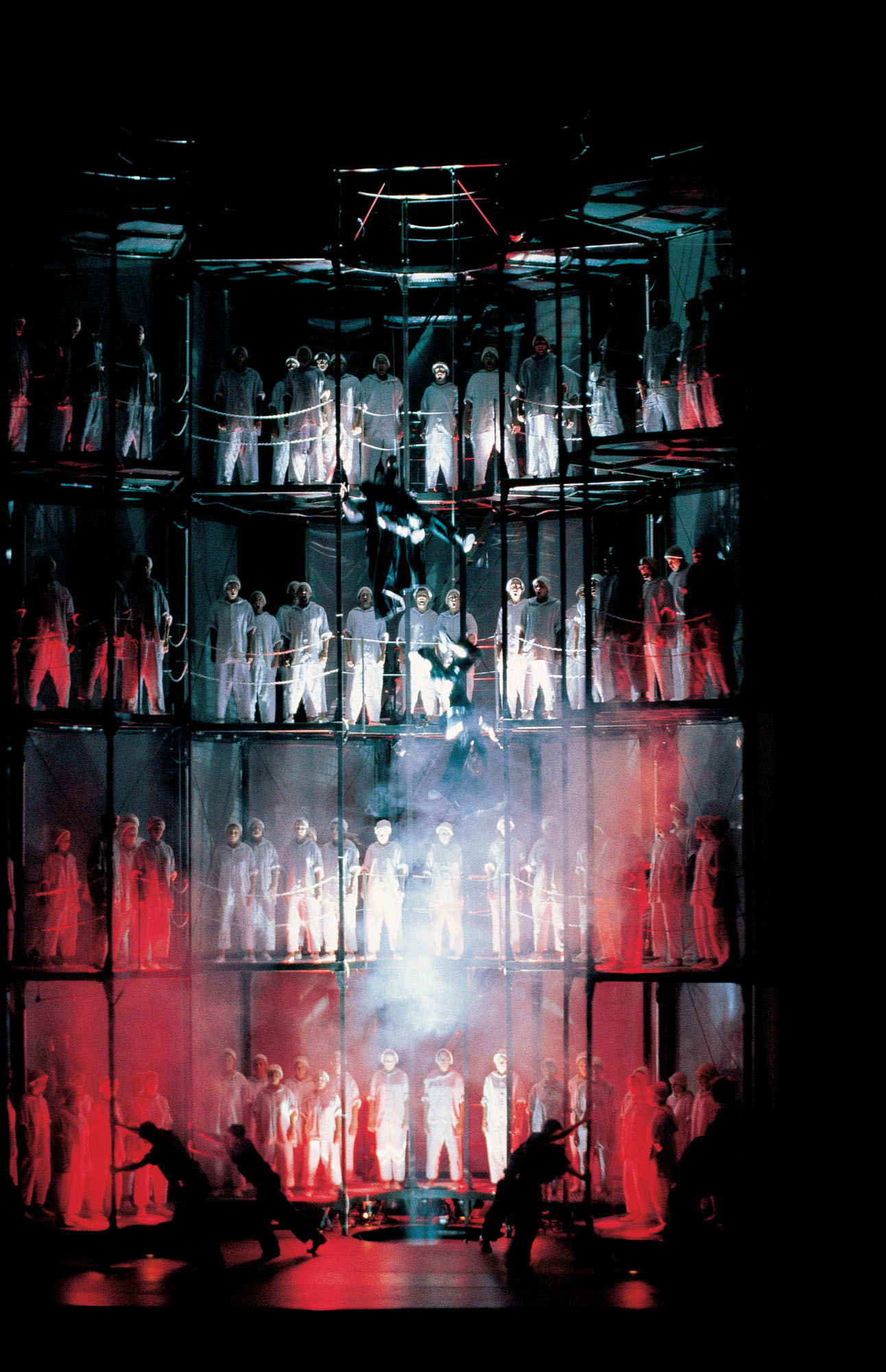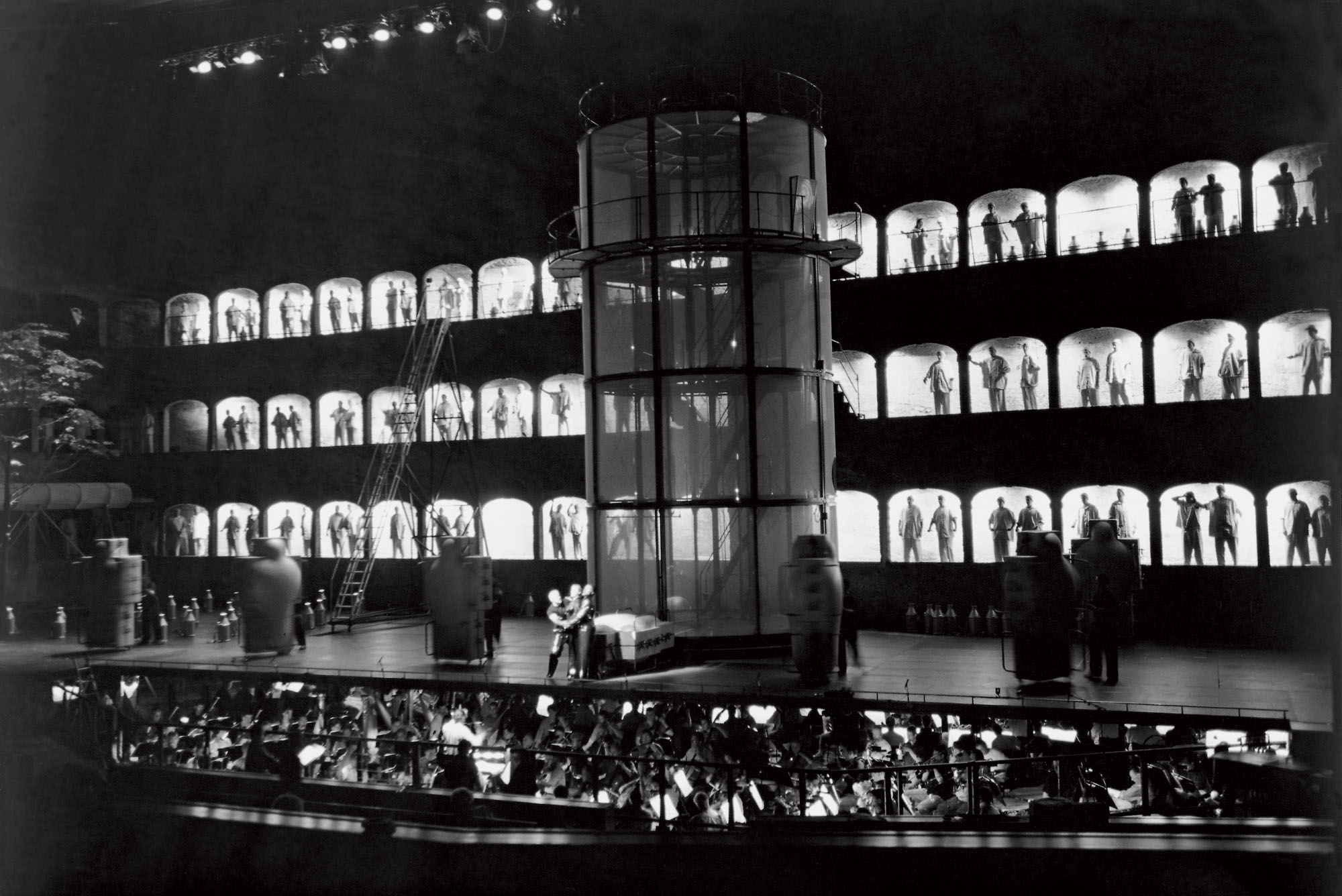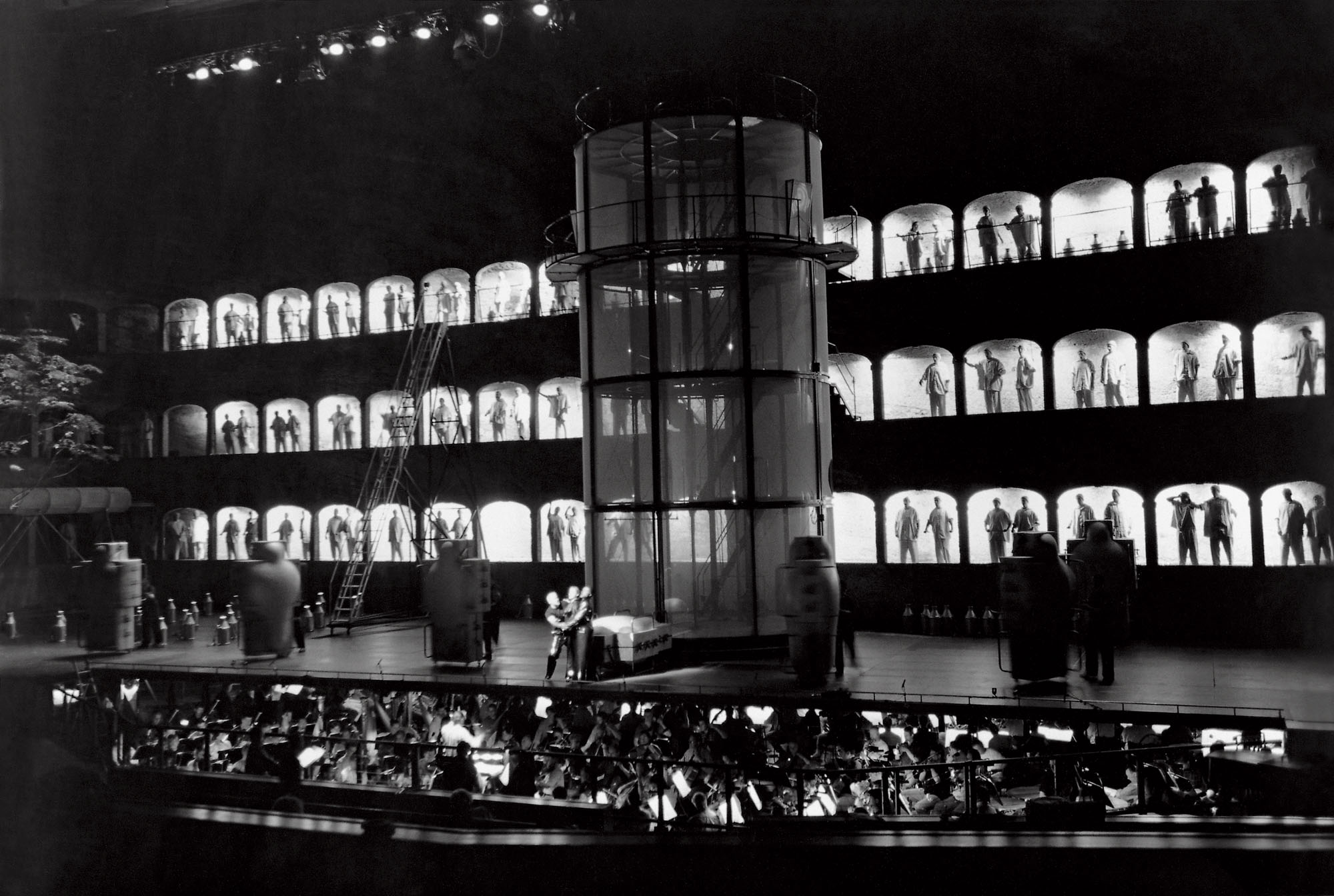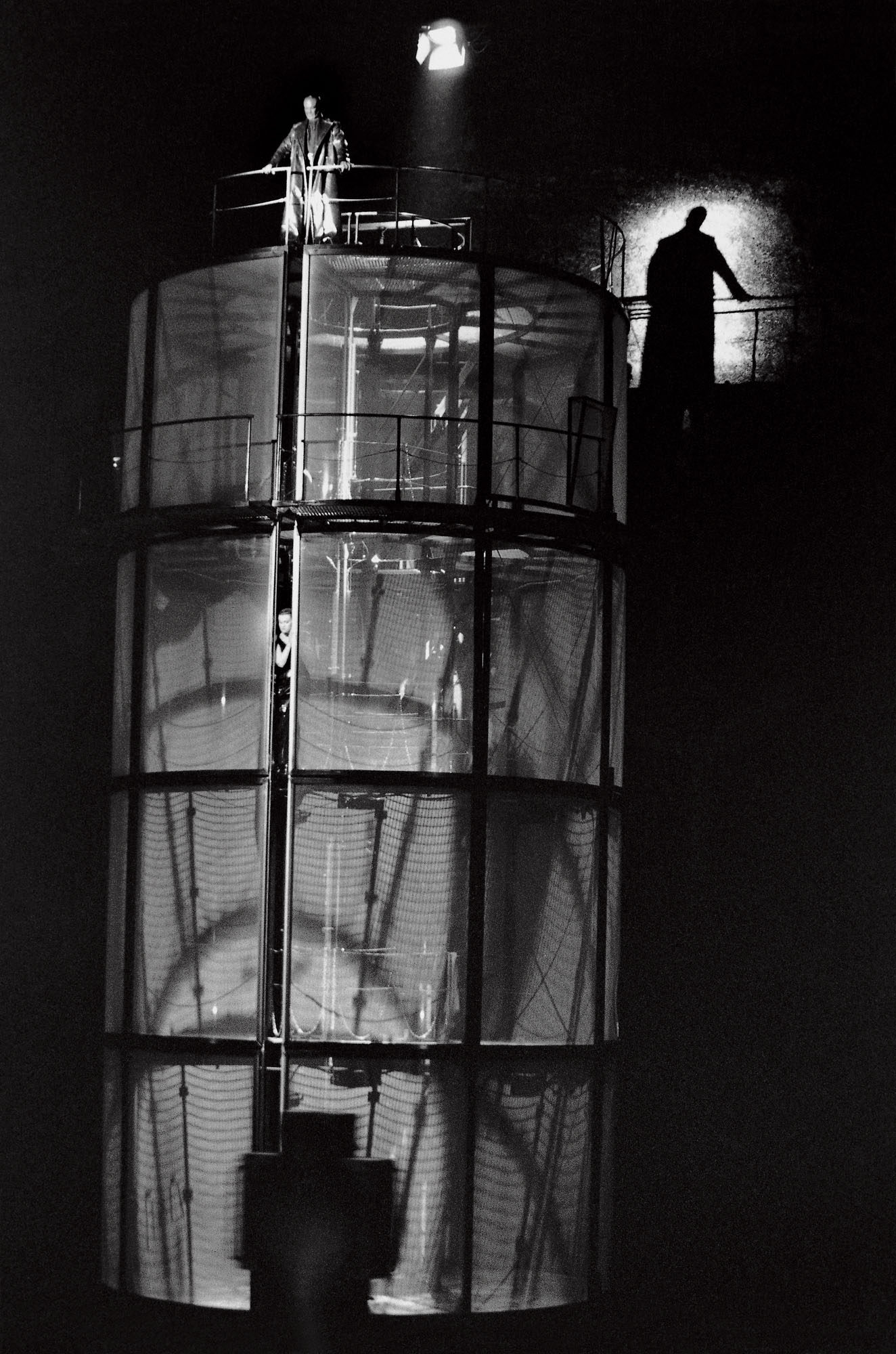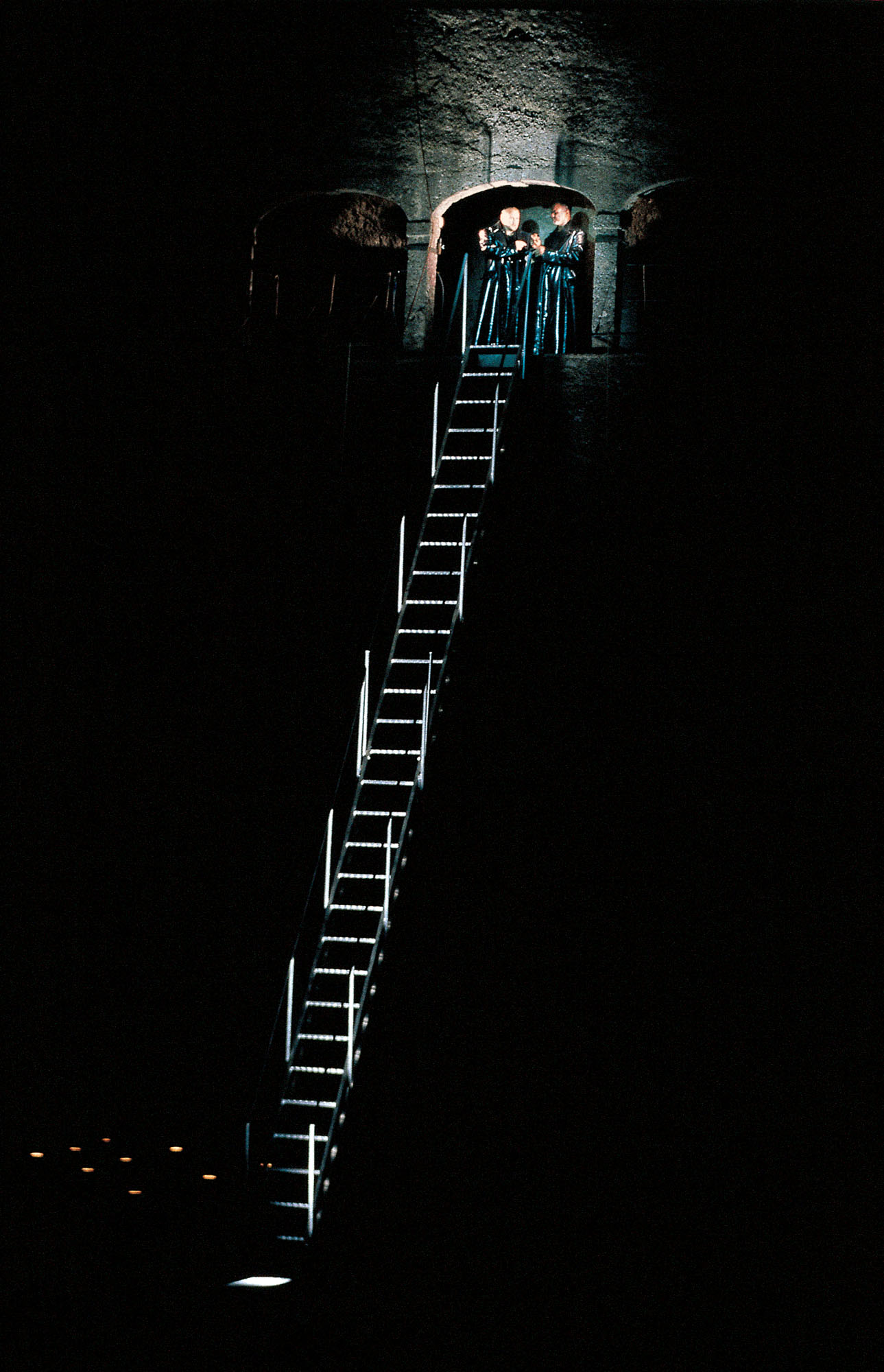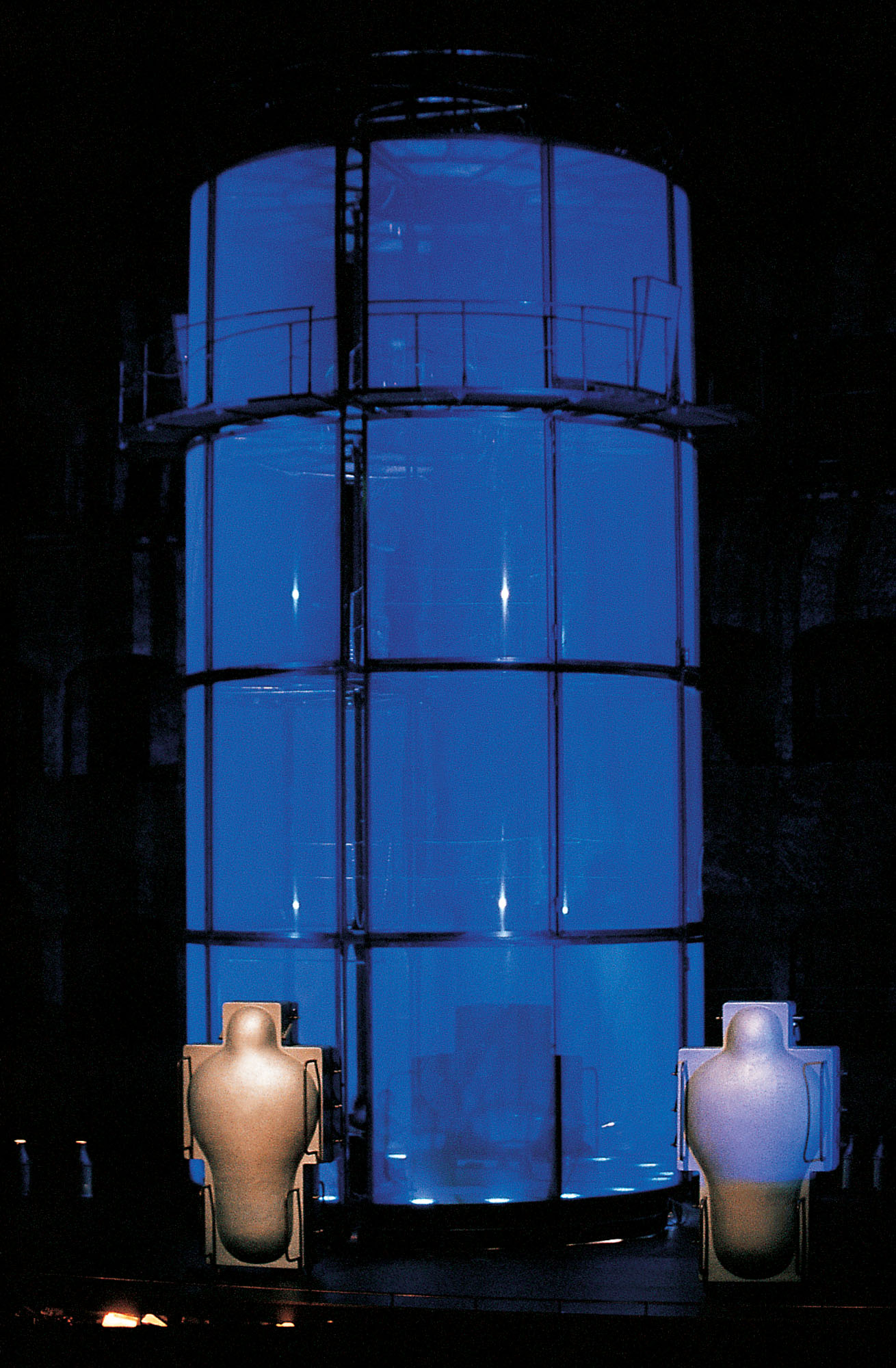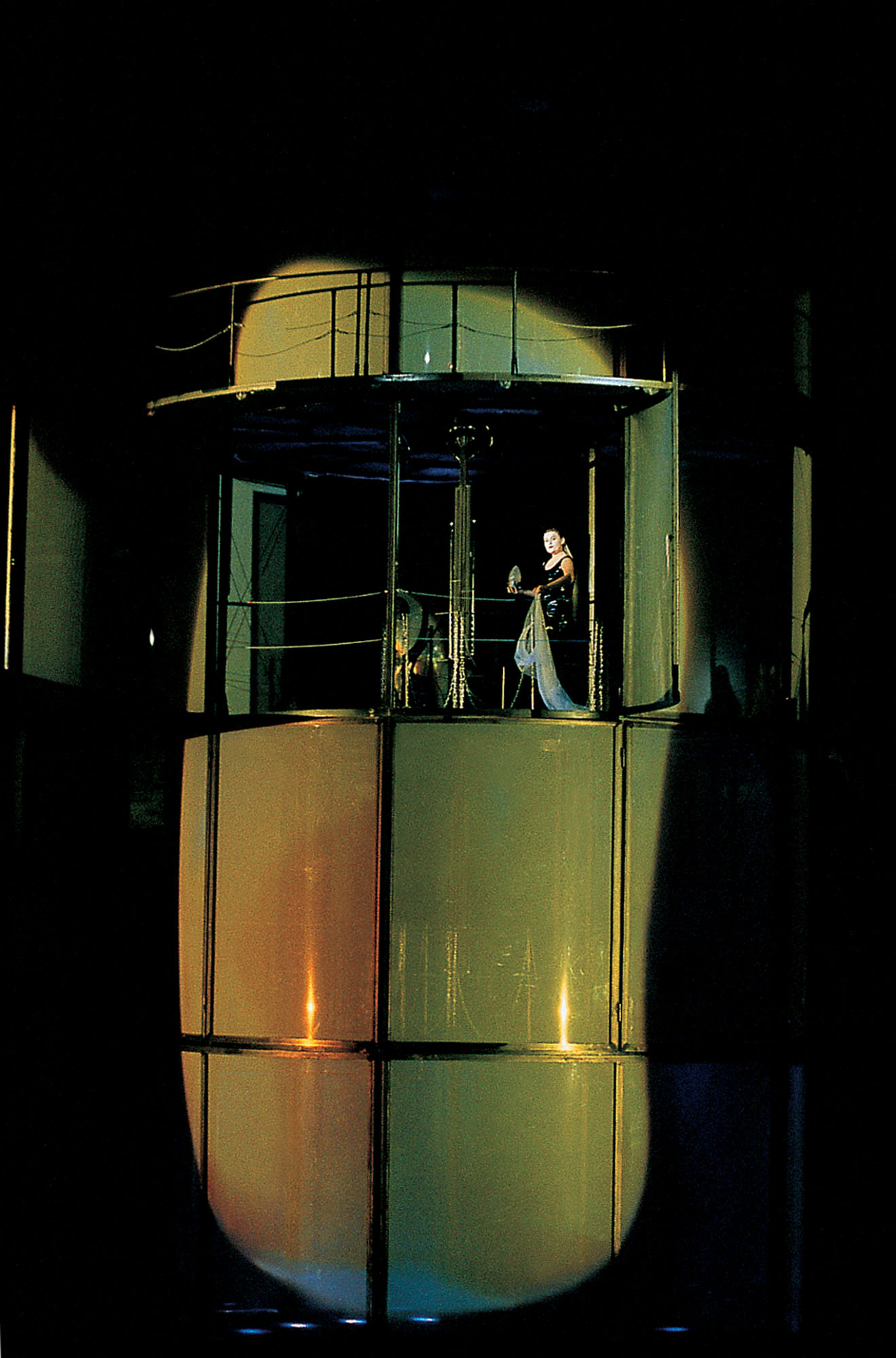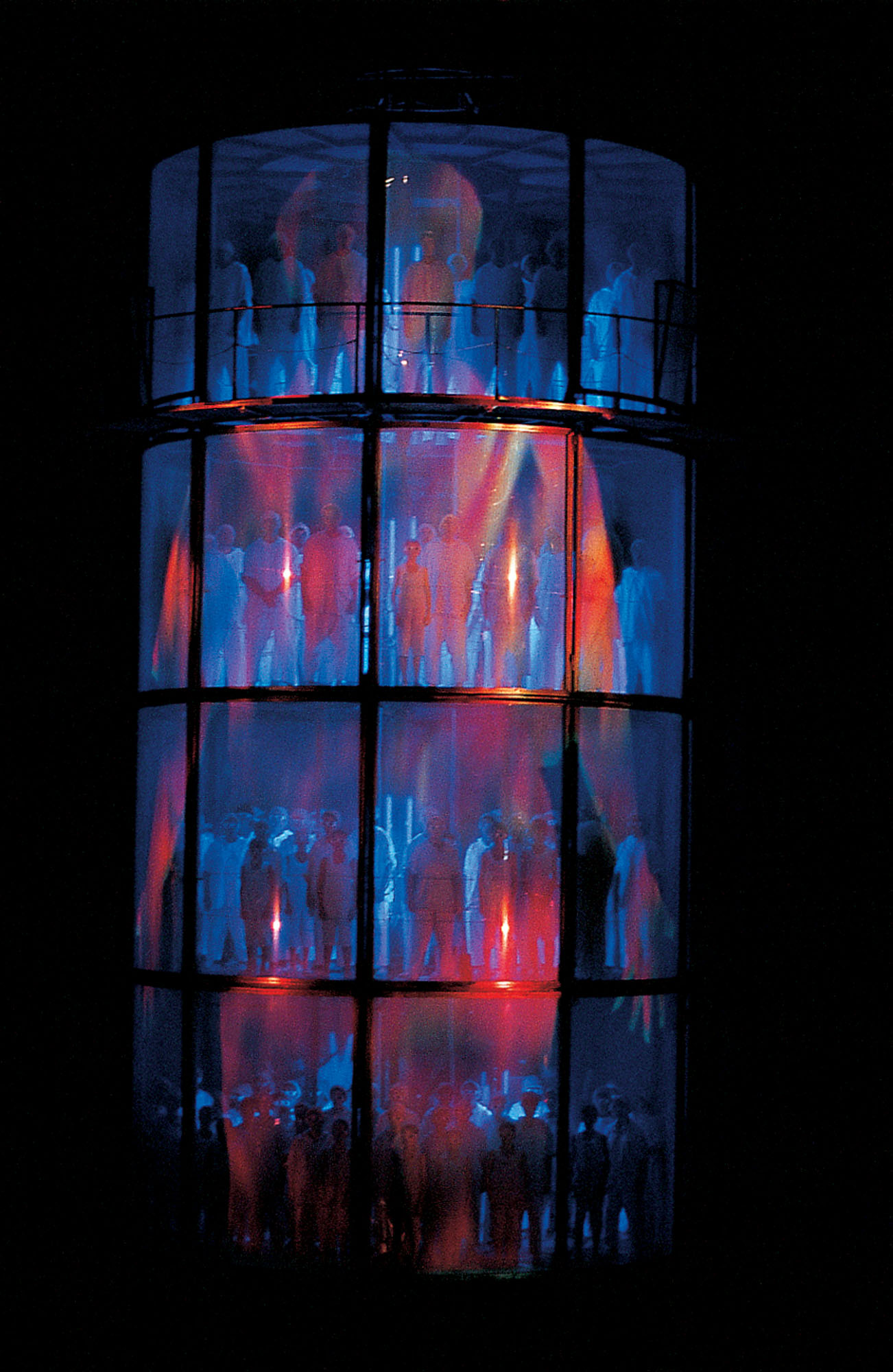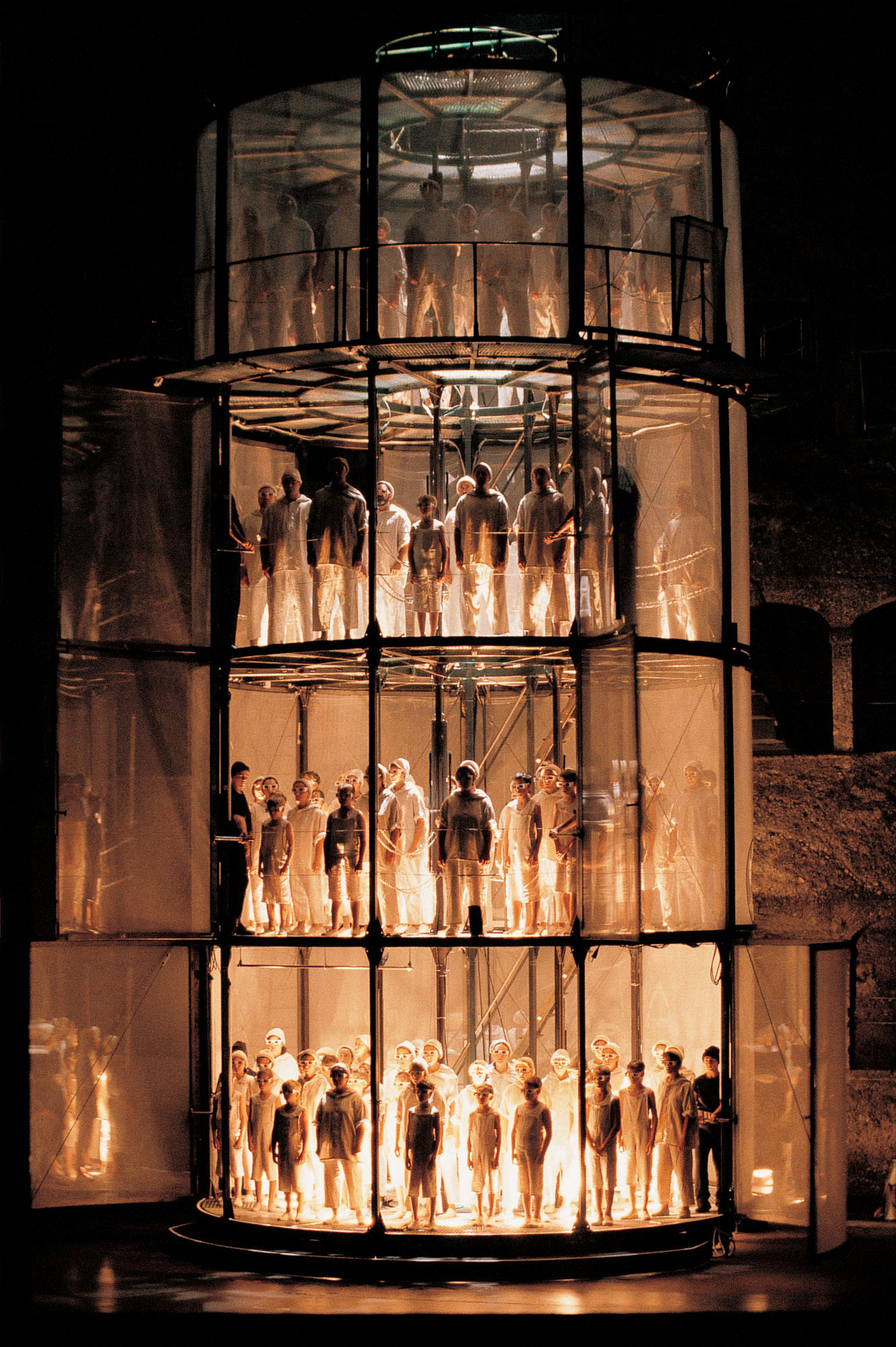Música
Hector Berlioz (1803-1869)
Textos
Hector Berlioz, Almire Gandonnière y Gérard de Nerval, a partir de Johann Wolfgang Goethe.
Versión escénica
La Fura dels Baus, Jaume Plensa.
Dirección escénica
Àlex Ollé, Carlos Padrissa
(La Fura dels Baus).
Escenografía y vestuario
Jaume Plensa
Dirección musical
Sylvain Cambreling
Creación y realización vídeo
Franc Aleu
Colaboración escenográfica y dirección técnica
Roland Olbeter
Iluminación
Heinrich Brunke
Vestuario
Robby Duiveman
Dirección coros
José Antonio Sáinz, Gerhard Schmidt-Gaden.
Reparto
Fausto: Paul Groves.
Mefistófeles: Willard White.
Margarita: Vesselina Kasarova.
Brander: Andreas Macco.
Bailarines-actores de La Fura dels Baus
Toni Jodar, Vidi Vidal, Susana Goulart, Sergi Faustino.
Orquesta Staatskapelle Berlín
Coros
Orfeón Donostiarra de San Sebastián, Tölzer Knabenchor.
Equipo de La Fura dels Baus
Director de producción: Salvador Pons.
Regidor: Jordi Soler.
Asistente coreografía: Toni Jodar.
Técnicos riggers: Carlos Bertolín, Xeco.
Producción ejecutiva: Isabel Urpí.
Ayudante producción: Mireia Romero.
Construcción cilindro
Simeó Ubach
Atrezzo
Miquel Adell
Realización vídeo
FILMTEL
Festival de Salzburgo
Director técnico: Klaus Kretschmer.
Coordinación técnica: Joachim Janner.
Responsable de escenario: Helmut Schauer.
Iluminación: Paul Fresacher,
Simon Kluibenschedl.
Sonido: Gerhard Pitter, Markus Waldner.
Estreno
19/8/99, en la Felsenreitschule,
Festival de Salzburgo.
Representaciones
6
Un espectáculo producido por el Festival de Salzburgo, bajo la dirección de Gerard Mortier.

